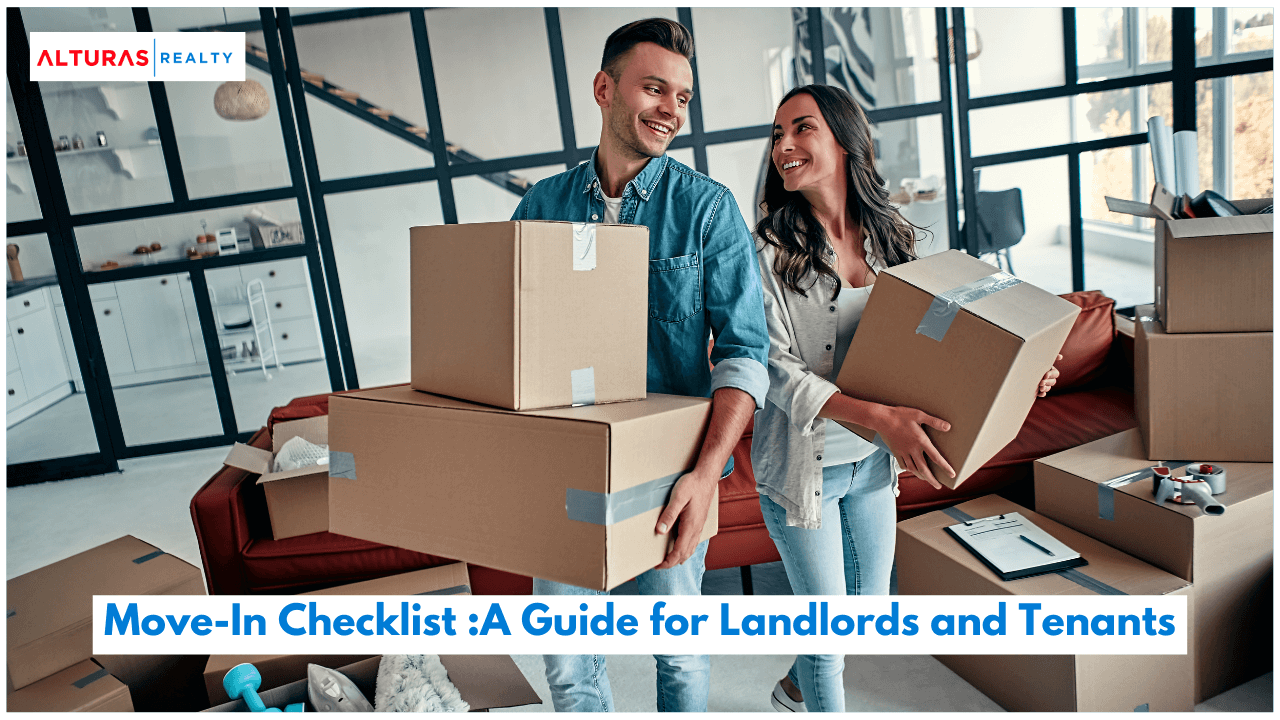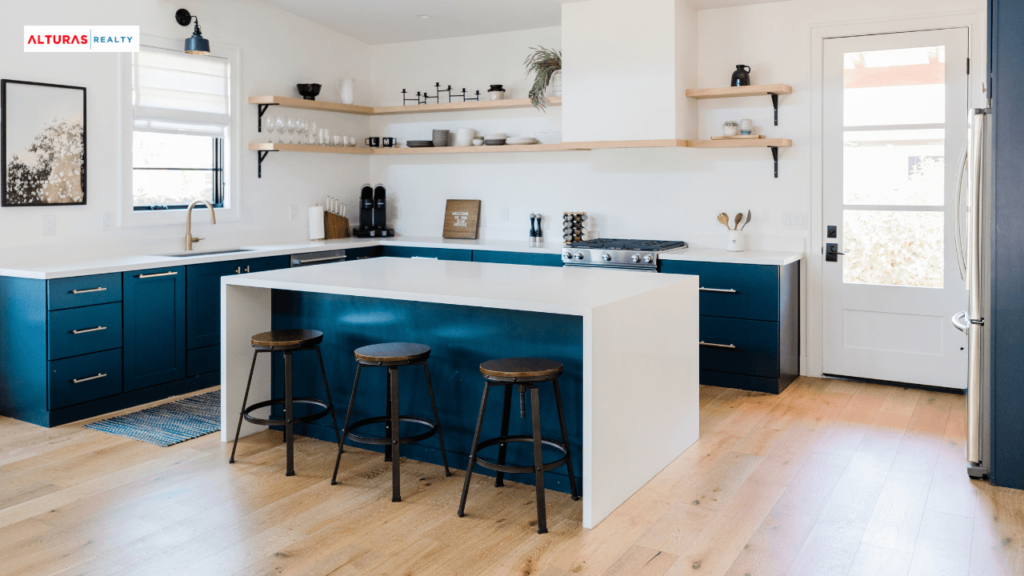
Move-In Checklist: A Guide for Landlords and Tenants
One very crucial document, the move-in checklist, must be finished before tenants can begin unpacking their boxes and settling into their new rental home. A move-in checklist, also known as a flat inspection checklist or a rental walkthrough checklist, is a form that enables renters and landlords to describe the present status of the property and record any issues that go above and beyond ordinary wear and tear.
The checklist provides security to both landlords and tenants when it is properly constructed. It guarantees that, as a renter, you won’t be held responsible for any damages or appliance breakdowns you didn’t start. The document can be used by the landlord to show that particular damages were caused by the former tenant and maintain the rental property in excellent shape.
Related: Moving Cost Calculator
Why do I Need a Move-in checklist?

For Landlords:
Tenants should be given the move-in checklist throughout the moving process, ideally before they take possession of their new flat. The landlord will be safeguarded by this checklist, and renters will be responsible for any damage to the flat that goes beyond regular wear and tear. Pre-existing damage should be noted in order to reduce disagreements between tenants and landlords over the recovery of the security deposit.
For Tenants:
The same security is offered to a new renter by the move-in checklist. During the moving-in process, it assists renters in assessing and documenting the state of the property. It helps hold former tenants liable for any damage they committed while residing in the space and ensures that landlords and property managers maintain the units in excellent shape. It also helps identify issues that need to be fixed. If the landlord refuses to return a tenant’s security deposit or if a legal disagreement arises later, the checklist may also be used as a documented record.
What’s Included in the Move-in Checklist?

In addition to generic information that is essential to most types of properties, the move-in checklist also includes details particular to the rental property that is being rented. It should contain:
Information About the Tenant and Property
The rental property should be listed on the checklist with the address, unit type, unit size, and move-in date. The name of the renter and the date the tenant finished the checklist will also be included. It should also be noted if they need to pick up any extra keys, have hired a garage or parking space, or both.
General items
The following things, which can be located in the home or flat, should be noted by tenants:
- hardware, locks, and doors
- blinds and drapes for windows
- ceilings, flooring, lights, and outlets
- Check to see if the smoke and fire detectors are operational.
Kitchen
Check the proper operation of all the unit’s equipment, including the trash disposal, range hood fan, oven, and dishwasher. Make sure that each light bulb, lighting fixture, and electrical outlet is in good working order. To confirm that the water pressure is sufficient and that there are no leaks from the pipes or fixtures, check the water flow and drainage from sinks and faucets.
Dining room
Examine the overall state of the walls, ceilings, baseboards, and floor coverings if the apartment contains a dining room. Make that all light fixtures have bulbs and are functioning properly, and that all electrical outlets have covers.
Living room
Check the flooring for any hardwood discolouration. Discoloration might mean that the flooring has to be replaced or needs more refinishing and sealing. Look for evidence of severe wear and tear on the carpet, such as matted-down areas, rips, or tears, caused by dogs or high foot activity.
Bedrooms
The new owner should make sure that all of the locks and windows are operational and should take note of the state of the window treatments. Closet doors should be opened and shut to ensure proper closure. Check the walls behind each door for any dings or holes that may already be there. Make sure any built-in shelving is safe and in good condition.
Bathrooms
Every bathroom in the unit, including half bathrooms or 3/4 bathrooms, should have its own area on the checklist. It need to cover all the essentials, including the walls, paint, and flooring. Keep a record of the state of the toilet seats, faucets, drains, cupboards, mirrors, and towel racks. Verify that there is enough water pressure in the shower and bathtub in each bathroom and that none of the fixtures have leaks. Check to see that the lighting, exhaust fans and electrical outlets are all in good working order.
Does an Apartment and House have the Same Move-in checklist?

In many cases, a single-family home will have a lengthy move-in checklist. The following extra things may also be seen on a home’s checklist:
- HVAC, plumbing, and electrical systems.
- Additional outbuildings, such the shed or the garage.
- Driveway, parking space, garden, balcony, or patio are examples of outside spaces.
- The grass, any backyard paths, tables, or covers, the steps leading in, and any gates or fences.
There is additional room on a house move-in checklist to note the functionality and state of these supplementary things. Remember that the document should specify any areas that both parties are responsible for maintaining.
Apartments, on the other hand, have fewer rooms to look at and only a few more things, including a storage area, a parking spot or garage, and the plumbing, electricity, and thermostat operation within the unit itself. Tenants are typically not held accountable for the state of the building’s common facilities, such as the halls, lobbys, patios, gyms, etc., according to an apartment inspection checklist.
When Should You Get the Move-in Checklist?

The rental walkthrough can be presented to new renters up to two weeks in advance, and they should complete the checklist on move-in day, ideally before bringing any furniture in. If at all feasible, landlords should walkthroughs with new renters. This enables the landlord to respond to any queries from the renter. The majority of landlords demand that the rental walkthrough checklist be finished within 72 hours after moving in if the tenant is performing the walkthrough independently.
Before a relocation, both renters and landlords need to be careful in the lease agreement about their demands and commitments. The agreement is a fantastic method for the new landlord-tenant relationship to start off since it guarantees both sides’ protection in advance.
